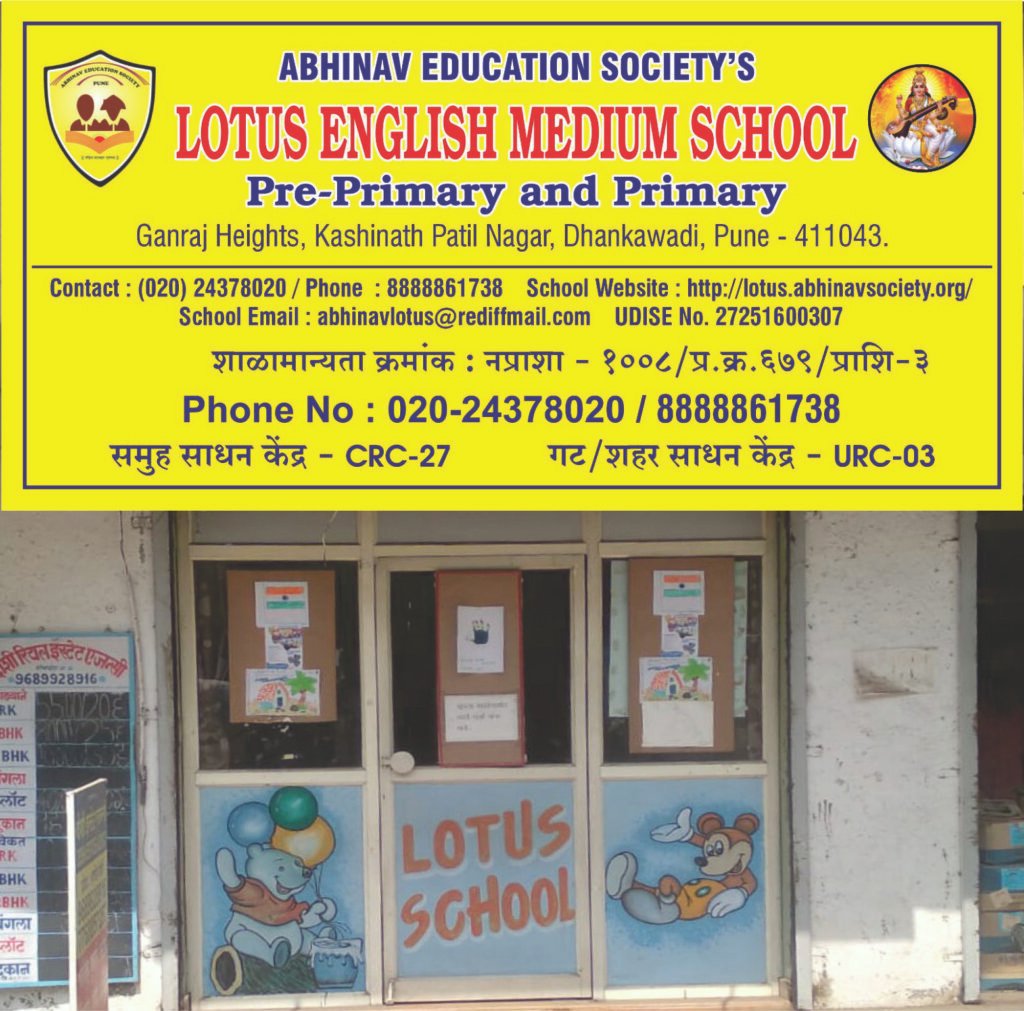Abhinav Education Society (AES) was established in 1999 with a mission to impart quality education in all spheres of life. It is registered under Society’s Registration Act 1860, and Public Charitable Trust Act 1950. All of us are looking forward to make India prosperous. This dream will come true only when the organization grow.


























